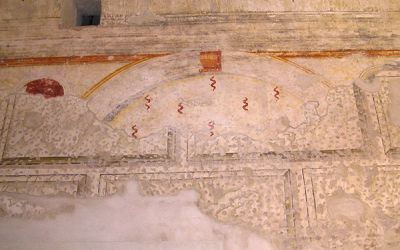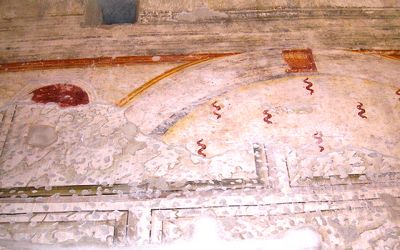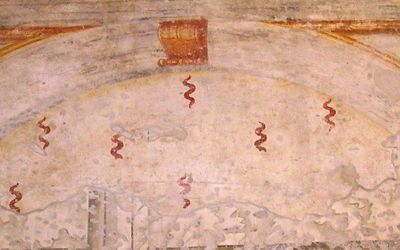Situated near the Te island at the south end of the city, Palazzo San Sebastiano and its once flourishing gardens overlooked Mantua’s fourth lake. The palazzo was the private home of Marchese Francesco II Gonzaga (1466 - 1519), a prince whose family was known across Europe. Besides his generous patronage of Mantegna, the prince was a soldier of fortune and, from 1490, husband to Isabella d’Este.
Partly sustained by the ambition and diplomatic skills of his wife, he devoted great energy and political audacity to the profession of arms. By serving at different times Venice, Milan, the papacy and France, Francesco successfully strengthened the fortunes of the Mantuan state, which although limited in size was geographically strategic in the political balance of the period.
Known as San Sebastiano due to its vicinity to the nearby monastery of the same name, the palazzo was built as a place of leisure between 1506 and 1508, and extended a few years later. Francesco II wished the rooms to be extravagantly adorned with a profusion of gold. He commissioned a number of leading artists, including Lorenzo Leonbruno, Matteo and Lorenzo Costa and Dosso Dossi to carry out the decoration. It was here that the nine large paintings of the Triumphs of Caesar by Andrea Mantegna (today at Hampton Court, London) were displayed. Signs of Palazzo San Sebastiano’s former magnificence include the elegant colonnade on the ground floor, the rooms of the Crucible, the Sun, the Arrows and the Briefs and other rooms still displaying large fragments of plant volute friezes, faux marbles, heraldic devices, cornices with spiral and raceme decoration, trellis motifs, aquatic landscapes and city views.






